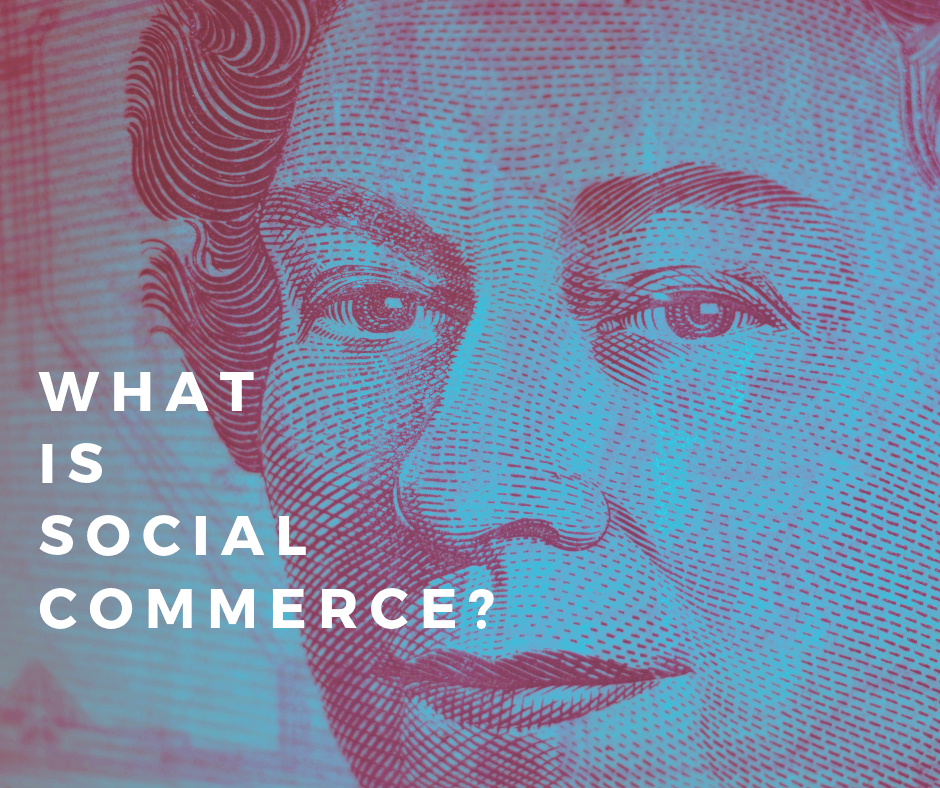How did social commerce evolve? Social media, a platform created for entertainment and connecting with old friends has become the superweapon of marketers. Although it started as a common online space for meeting people, over time, like-minded people started to create their own community and spoke about their shared interests. This included the products they bought and services they used. Brands started to realize that these fire-side chats impacted their businesses.
Social commerce is an extension of e-commerce that involves social media and online media. User-generated content and sharing reviews also come under this category. Social commerce was first introduced with the concept of promoting e-commerce brands on other websites through advertorial content.
Social commerce aims to achieve the following goals of e-commerce:
- To achieve customer engagement through social channels they are active in
- To encourage the customer to revisit the website
- To provide a platform for genuine customer reviews and brand awareness
- To provide industry insights and research data that a customer needs to know before opting into the brand
User reviews and peer-to-peer conversations in social media determine the shopping trends of a brand. This can happen without the brand being active in the social commerce front and can indicate the influence social media has on both online and offline brands.
The 6Cs of social commerce
- Content: As a brand, it is important to promote your products and your industry in ways that will leave an impact on the target group. Create content that is suitable for the social platform.
- Commerce: Have an omnichannel presence for your business. Transactional websites are the mandate now and you might lose a lot of your customers if you do not adapt to their needs.
- Community: Don’t treat your target audience as individuals but as a community with whom your brand wishes to have a tangible relationship. This relationship can be established with the help of chat room conversations, podcasts, and online forums.
- Context: Bridging the gap between the physical and online world is the success of social commerce. Customers should be able to experience your brand first hand and share that experience online. Geotagging, online checkouts are some ways in which this can be achieved. The data generated through these activities can aid you to make your marketing decisions in the future.
- Connection: Social media thrives on connections. Influencer marketing and community building are concepts derived from the core concept of creating connections. The way people interact with each other varies according to the platform. Understand these differences before connecting with potential customers or influencers.
- Conversations: Newspaper ads and billboards do not initiate a conversation with the customers. Social commerce highlights bringing brand affinity through direct consumer conversations. Customer care through social channels and social listening are activities that play a huge part in this category.
How to start social commerce for your brand
- Define your objectives: Your objectives define your action plan. Be clear on the things you want to achieve through social commerce. Brand awareness, website visits, and product purchase are some of the parameters that brands usually consider. The ROI for social commerce is also determined through these objectives.
- Zero in on your platforms: Social commerce is predominantly social media platforms. Before creating a strategy for your business, go through all the platforms and prioritize platforms that work for the brand. Explore the audience who are present in these platforms and comprehend their main motive on that platform. Instagram might be the right place for aspirational content while Twitter is more of a conversational platform. The platforms will also depend on whether you are targeting b2b and b2c audience.
- Create Content: Strategize on how you can approach your brand from an advertising and marketing perspective, and consistently create content. Speak not only about your business but also include topics on your market, and general affairs. Virality is the key to becoming a success in social media.
- Pull in influencers: People approach social media for inspiration and this mindset makes many common people into celebrities. Micro and macro influencers are everywhere. Rope them in for your brand and let them promote your brand for you. Look for micro influencers if you are starting out and don’t have the means to approach big time influencers. If you are short of resources for taking care of your social activities, you can always look for small business financing options.
- Don’t take analytics easily: Your job does not end with creating excellent content, bringing in influencers and running paid advertisements. Analytics is vital for your social commerce activity. It helps to assess the performance of your brand online in the most truthful way possible. The analytics data gives you a clear idea of what is going great and what is going wrong. This insight might also help you with decisions on the way forward for your brand.
- Have a good website and payment mode: Social commerce is a typical advertising and marketing strategy that only brings customers to your store. It is your store’s (in this case, the website’s) responsibility to lure them into buying the products. Achieve this by having an excellent e-commerce website with frictionless payment methods. Frustrated customers share their experience with others more than a happy customer. Hence, we should not give them the opportunity to do so.
Latest predictions in social commerce
Social commerce like any industry is constantly evolving and improving. The latest predictions on customer behaviour for social commerce are:
- Impulsive buying will increase. This means that you have got one chance to impress. If you woo your target customers, they might just convert immediately.
- If they like your page they have a high possibility of becoming a loyal customer. This makes the followers of your social page a good data point.
- If you don’t update they leave you behind. Customers are not for brands that are not dynamic in the social platform. If there is anything new introduced in social commerce you should be implementing it.
- Mobile first always. Customers are now turning to their mobile devices for everything. It is only fair that they get the best user experience in the device they use most.
Social commerce has become integral in the marketing and advertising plan for every business. Physical advertising in the form of pamphlets, booklets, and leaflets do not impress the customers as opposed to mobile apps and e-commerce websites. All technological advancements like augmented reality and the Internet of things are now being used in creating a better social commerce experience.
The online space is where people spend more time when compared to the physical world. It is also said that by 2019 time spent on mobiles will surpass that on television. This makes social commerce a significant part of advertising for small businesses.
This guest post was written by Joseph Brady, Vice President of Digital Marketing at Reliant Funding.


